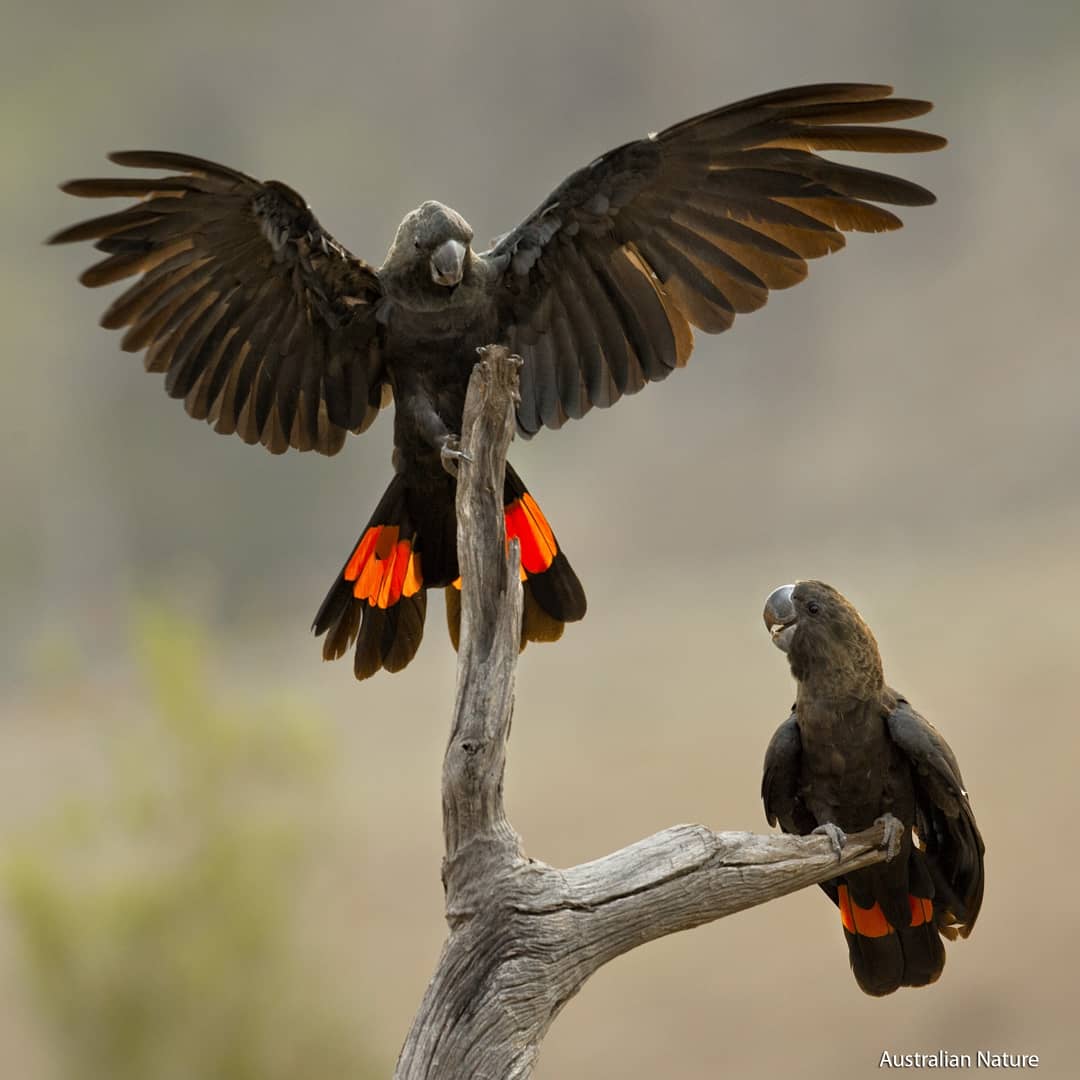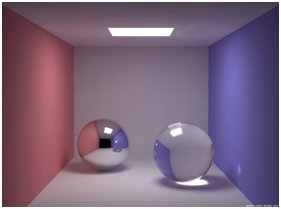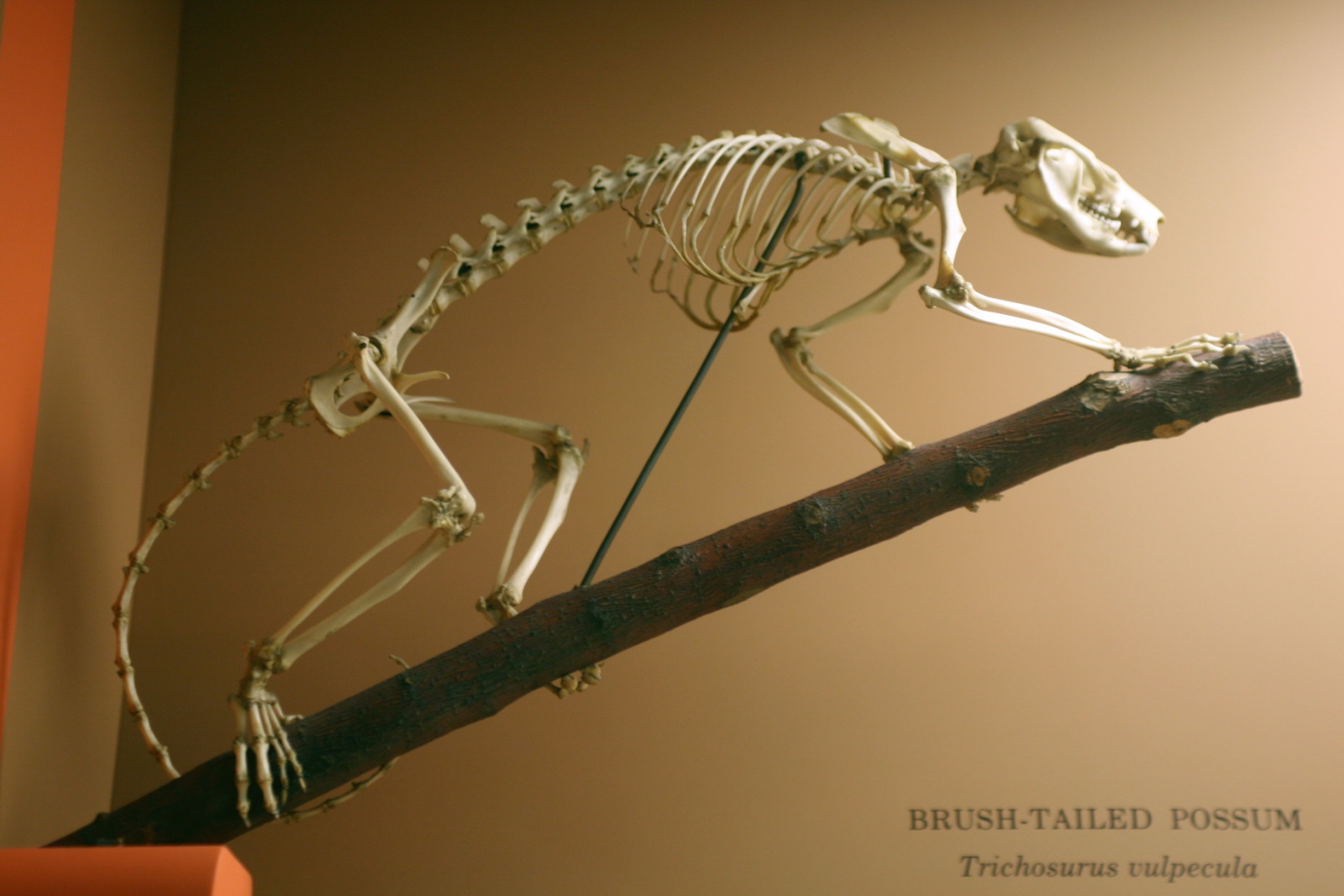|
Glossy Black Cockatoo
The glossy black cockatoo (''Calyptorhynchus lathami''), is the smallest member of the subfamily Calyptorhynchinae found in eastern Australia. Adult glossy black cockatoos may reach in length. They are sexually dimorphic. Males are blackish brown, except for their prominent red tail bands; the females are dark brownish with some yellow spotting. Three subspecies are recognised. Taxonomy The glossy black cockatoo was first described by Dutch naturalist Coenraad Jacob Temminck in 1807. The scientific name honours the English ornithologist John Latham. The glossy black cockatoo's closest relative is the red-tailed black cockatoo; the two species form the genus ''Calyptorhynchus''.Forshaw, p. 89 They are distinguished from the other black cockatoos of the genus '' Zanda'' by different tail colour and head pattern, significant sexual dimorphism, and differences in two juvenile call types, a squeaking begging call and a vocalization when swallowing food. Subspecies The three subsp ... [...More Info...] [...Related Items...] OR: [Wikipedia] [Google] [Baidu] |
Glossy Black Cockatoo
The glossy black cockatoo (''Calyptorhynchus lathami''), is the smallest member of the subfamily Calyptorhynchinae found in eastern Australia. Adult glossy black cockatoos may reach in length. They are sexually dimorphic. Males are blackish brown, except for their prominent red tail bands; the females are dark brownish with some yellow spotting. Three subspecies are recognised. Taxonomy The glossy black cockatoo was first described by Dutch naturalist Coenraad Jacob Temminck in 1807. The scientific name honours the English ornithologist John Latham. The glossy black cockatoo's closest relative is the red-tailed black cockatoo; the two species form the genus ''Calyptorhynchus''.Forshaw, p. 89 They are distinguished from the other black cockatoos of the genus '' Zanda'' by different tail colour and head pattern, significant sexual dimorphism, and differences in two juvenile call types, a squeaking begging call and a vocalization when swallowing food. Subspecies The three subsp ... [...More Info...] [...Related Items...] OR: [Wikipedia] [Google] [Baidu] |
Coenraad Jacob Temminck
Coenraad Jacob Temminck (; 31 March 1778 – 30 January 1858) was a Dutch people, Dutch Aristocracy (class), aristocrat, Zoology, zoologist and museum director. Biography Coenraad Jacob Temminck was born on 31 March 1778 in Amsterdam in the Dutch Republic. From his father, Jacob Temminck, who was treasurer of the Dutch East India Company with links to numerous travellers and collectors, he inherited a large collection of bird specimens. His father was a good friend of Francois Levaillant who also guided Coenraad. Temminck's ''Manuel d'ornithologie, ou Tableau systématique des oiseaux qui se trouvent en Europe'' (1815) was the standard work on European birds for many years. He was also the author of ''Histoire naturelle générale des Pigeons et des Gallinacées'' (1813–1817), ''Nouveau Recueil de Planches coloriées d'Oiseaux'' (1820–1839), and contributed to the mammalian sections of Philipp Franz von Siebold's ''Fauna japonica'' (1844–1850). Temminck was the first dire ... [...More Info...] [...Related Items...] OR: [Wikipedia] [Google] [Baidu] |
Casuarina
''Casuarina'' is a genus of 17 tree species in the family Casuarinaceae, native to Australia, the Indian subcontinent, southeast Asia, islands of the western Pacific Ocean, and eastern Africa. It was once treated as the sole genus in the family, but has since been split into four genera (see: Casuarinaceae).Flora of Australia''Casuarina''/ref> They are evergreen shrubs and trees growing to tall. The slender, green to grey-green twigs bearing minute scale-leaves in whorls of 5–20. The apetalous flowers are produced in small catkin-like inflorescences. Most species are dioecious, but a few are monoecious. The fruit is a woody, oval structure superficially resembling a conifer cone, made up of numerous carpels, each containing a single seed with a small wing. The generic name is derived from the Malay word for the cassowary, ''kasuari'', alluding to the similarities between the bird's feathers and the plant's foliage, though the tree is called ''ru'' in Modern Malay. Kare ... [...More Info...] [...Related Items...] OR: [Wikipedia] [Google] [Baidu] |
Glossy Black Cockatoo Fem Kobble08
Gloss is an optical property which indicates how well a surface reflects light in a specular (mirror-like) direction. It is one of the important parameters that are used to describe the visual appearance of an object. The factors that affect gloss are the refractive index of the material, the angle of incident light and the surface topography. Apparent gloss depends on the amount of ''specular'' reflection – light reflected from the surface in an equal amount and the symmetrical angle to the one of incoming light – in comparison with ''diffuse'' reflection – the amount of light scattered into other directions. Theory When light illuminates an object, it interacts with it in a number of ways: * Absorbed within it (largely responsible for colour) * Transmitted through it (dependent on the surface transparency and opacity) * Scattered from or within it (diffuse reflection, haze and transmission) * Specularly reflected from it (gloss) Variations in surface texture directly ... [...More Info...] [...Related Items...] OR: [Wikipedia] [Google] [Baidu] |
Glossy Black Cockatoo Male Kobble08
Gloss is an optical property which indicates how well a surface reflects light in a specular (mirror-like) direction. It is one of the important parameters that are used to describe the visual appearance of an object. The factors that affect gloss are the refractive index of the material, the angle of incident light and the surface topography. Apparent gloss depends on the amount of ''specular'' reflection – light reflected from the surface in an equal amount and the symmetrical angle to the one of incoming light – in comparison with ''diffuse'' reflection – the amount of light scattered into other directions. Theory When light illuminates an object, it interacts with it in a number of ways: * Absorbed within it (largely responsible for colour) * Transmitted through it (dependent on the surface transparency and opacity) * Scattered from or within it (diffuse reflection, haze and transmission) * Specularly reflected from it (gloss) Variations in surface texture directly ... [...More Info...] [...Related Items...] OR: [Wikipedia] [Google] [Baidu] |
Glossy Black Cockatoos Fly In To Drink During Our Devastating Bush Fires 2020
Gloss is an optical property which indicates how well a surface reflects light in a specular (mirror-like) direction. It is one of the important parameters that are used to describe the visual appearance of an object. The factors that affect gloss are the refractive index of the material, the angle of incident light and the surface topography. Apparent gloss depends on the amount of ''specular'' reflection – light reflected from the surface in an equal amount and the symmetrical angle to the one of incoming light – in comparison with ''diffuse'' reflection – the amount of light scattered into other directions. Theory When light illuminates an object, it interacts with it in a number of ways: * Absorbed within it (largely responsible for colour) * Transmitted through it (dependent on the surface transparency and opacity) * Scattered from or within it (diffuse reflection, haze and transmission) * Specularly reflected from it (gloss) Variations in surface texture directly ... [...More Info...] [...Related Items...] OR: [Wikipedia] [Google] [Baidu] |
Casuarina
''Casuarina'' is a genus of 17 tree species in the family Casuarinaceae, native to Australia, the Indian subcontinent, southeast Asia, islands of the western Pacific Ocean, and eastern Africa. It was once treated as the sole genus in the family, but has since been split into four genera (see: Casuarinaceae).Flora of Australia''Casuarina''/ref> They are evergreen shrubs and trees growing to tall. The slender, green to grey-green twigs bearing minute scale-leaves in whorls of 5–20. The apetalous flowers are produced in small catkin-like inflorescences. Most species are dioecious, but a few are monoecious. The fruit is a woody, oval structure superficially resembling a conifer cone, made up of numerous carpels, each containing a single seed with a small wing. The generic name is derived from the Malay word for the cassowary, ''kasuari'', alluding to the similarities between the bird's feathers and the plant's foliage, though the tree is called ''ru'' in Modern Malay. Kare ... [...More Info...] [...Related Items...] OR: [Wikipedia] [Google] [Baidu] |
Calyptorhynchus Lathami Glossy Black Cockatoo Pair 02
Described by French naturalist Anselme Gaëtan Desmarest in 1826, the genus ''Calyptorhynchus'' has two species of cockatoos. They are all mostly black in colour, and the taxa may be differentiated partly by size and partly by small areas of red, grey, and yellow plumage, especially in the tail feathers. Studies based on the mitochondrial DNA 12S gene fragment suggested that other sexually dichromatic species, the gang-gang cockatoo and the cockatiel may be the closest living relatives of ''Calyptorhynchus''. However, subsequent studies, including more genes confirm the morphological taxonomy with the gang-gang cockatoo most closely related to the galah, within the white cockatoo group, and with the cockatiel as a third distinct subfamily of cockatoos. The Yellow-tailed black cockatoo, Baudin's black cockatoo and Carnaby's black cockatoo Carnaby's black cockatoo (''Zanda latirostris''), also known as the short-billed black cockatoo, is a large black cockatoo endemic to s ... [...More Info...] [...Related Items...] OR: [Wikipedia] [Google] [Baidu] |
Common Brushtail Possum
The common brushtail possum (''Trichosurus vulpecula'', from the Greek for "furry tailed" and the Latin for "little fox", previously in the genus ''Phalangista'') is a nocturnal, semiarboreal marsupial of the family Phalangeridae, native to Australia and naturalised in New Zealand, and the second-largest of the possums. Like most possums, the common brushtail possum is nocturnal. It is mainly a folivore, but has been known to eat small mammals such as rats. In most Australian habitats, eucalyptus leaves are a significant part of the diet, but rarely the sole item eaten. Its tail is prehensile and naked on its lower underside. The four colour variations are silver-grey, brown, black, and gold. It is the Australian marsupial most often seen by city dwellers, as it is one of few that thrive in cities and a wide range of natural and human-modified environments. Around human habitations, common brushtails are inventive and determined foragers with a liking for fruit trees, vegetable g ... [...More Info...] [...Related Items...] OR: [Wikipedia] [Google] [Baidu] |
Allocasuarina Littoralis
''Allocasuarina littoralis'', commonly known as black sheoak, black she-oak, or river black-oak, is an endemic medium-sized Australian tree (usually up to 8 metres, but sometimes to 15 metres - coarse shrub in exposed maritime areas). A. littoralis is named for its growth near the coast; this is somewhat misleading, as it will grow well both inland and in coastal zones. Studies have shown that in long-time unburnt coastal woodlands, ''A. littoralis'' has replaced the original ''Eucalyptus''-dominated woodland. Description This evergreen Casaurina tree is noted for its modified branchlets appearing to be leaves (5–8 cm long) and narrow width (no more than 4 mm) and the true leaves are, in fact minute (rarely larger than 1mm) and occur on the tips of the modified branchlets.Flora of Victoria (1999) It is a relatively fast growing tree (up to 800mm. a year) making it very suitable for planting along roadsides. The showy red female flowers appear in spring. It is usually d ... [...More Info...] [...Related Items...] OR: [Wikipedia] [Google] [Baidu] |
Eucalyptus Cladocalyx
''Eucalyptus cladocalyx'', commonly known as sugar gum, is a species of eucalypt tree found in the Australian state of South Australia. It is found naturally in three distinct populations - in the Flinders Ranges, Eyre Peninsula and on Kangaroo Island. Description The tree notable for its mottled colourful yellow to orange bark, strongly discolourous leaves and inflorescences grouped on leafless branchlets inside the tree crown. The old bark is smooth and grey, shedding in irregular patches to expose the fresh yellowy-brown bark. Flowers are creamy-white in summer. The capsules are barrel to urn shaped. Sugar gums from the Flinders Ranges reach up to in height and have the classic "gum" habit - with a straight trunk having a diameter at breast height (dbh) of and steep branches occurring about halfway up. Each main branch ends with its own little canopy. They are commonly cultivated as farm windbreaks and for timber. However, Eyre Peninsula and Kangaroo Island trees are mu ... [...More Info...] [...Related Items...] OR: [Wikipedia] [Google] [Baidu] |






-8-2cp.jpg)

